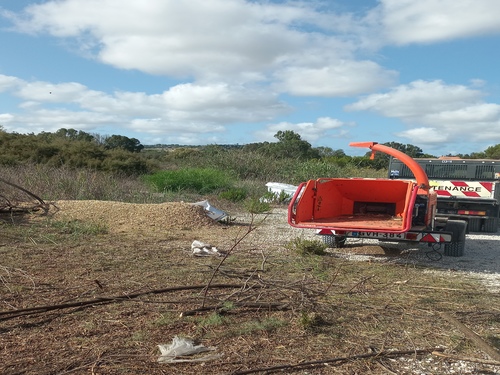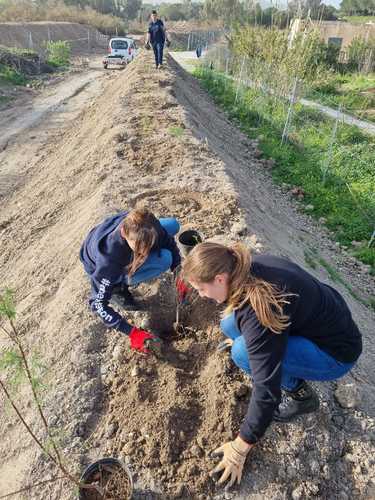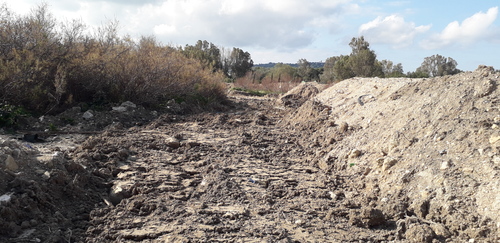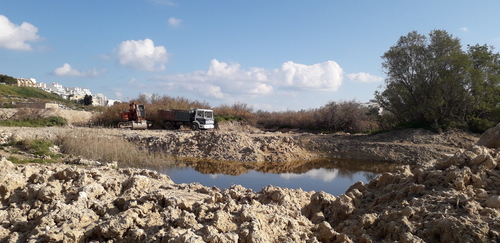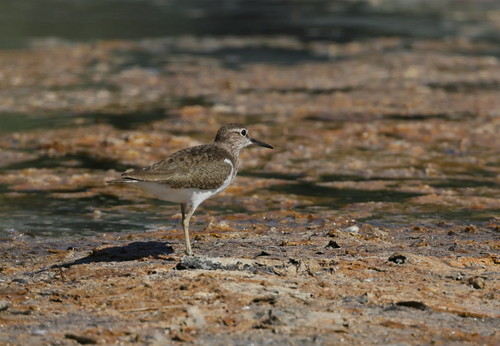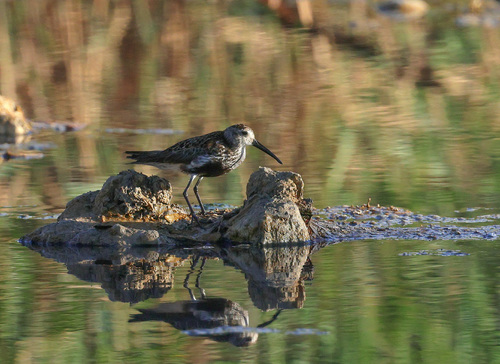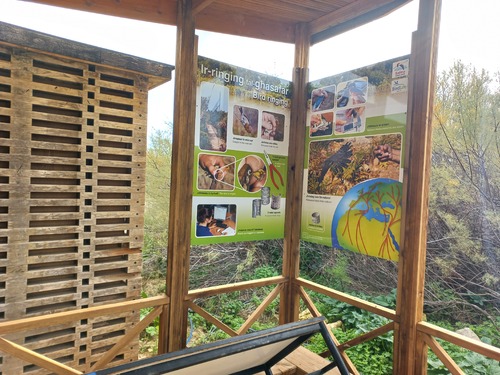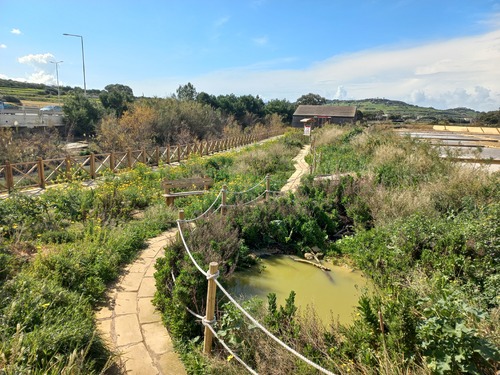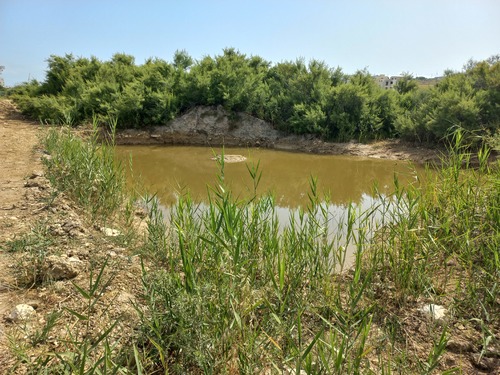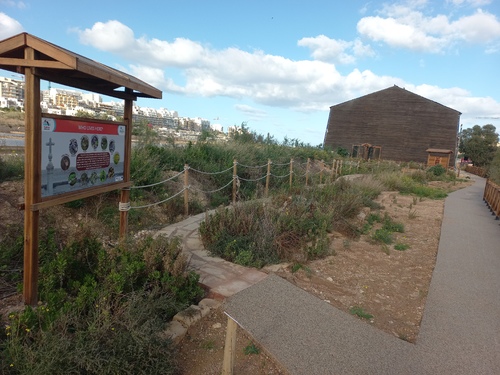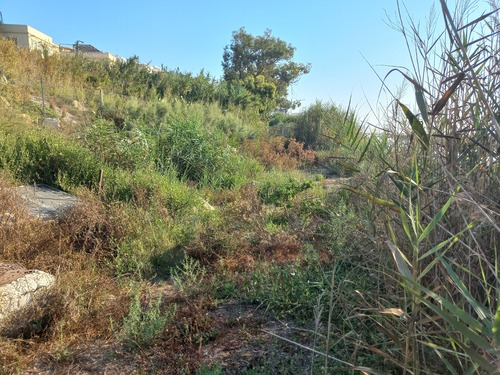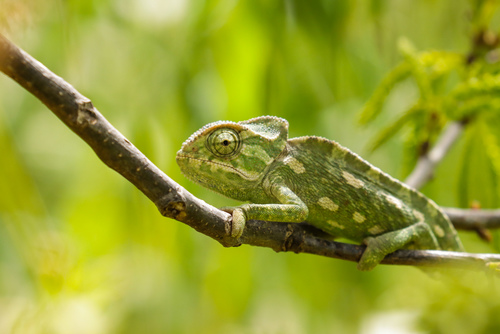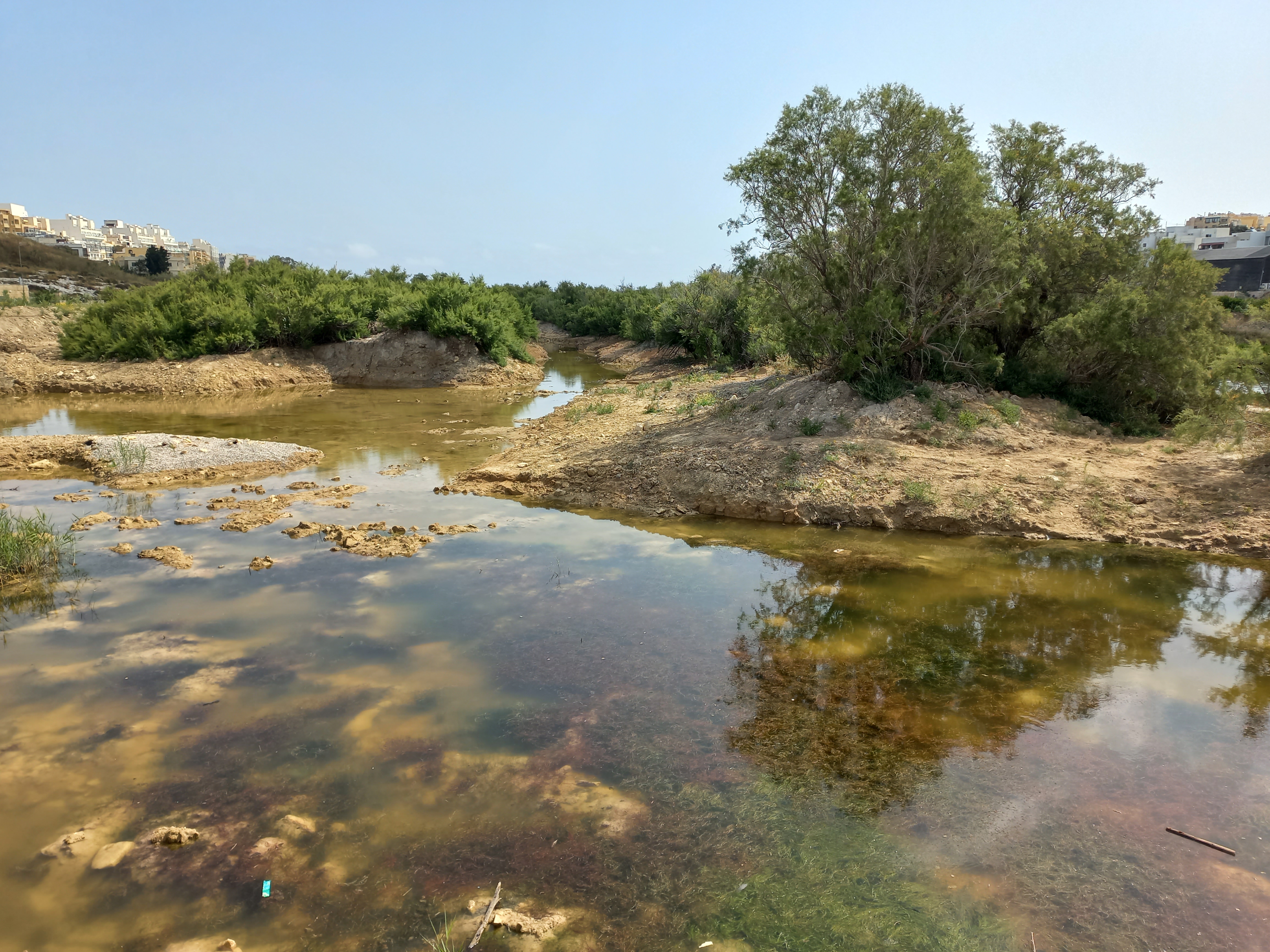
DIMFE story: Restoring Malta’s lost wetlands: the revival of Salina Nature Park
News
With DIMFE’s support, BirdLife Malta successfully restored a degraded coastal wetland within the Salina Nature Park, creating new habitats for wildlife and educational spaces for the public. Below is their story, shared by BirdLife Malta.
Introduction
Covering less than 0.5% of the Maltese Islands, wetlands are among the rarest of habitats on the archipelago. However, wetlands are home to a large and often unique flora and fauna. Considering the absence of rivers in Malta, it is not surprising that freshwater wetlands are extremely scarce and totally absent along the coast. Malta’s largest wetlands are closely associated with Birdlife Malta, as it is the organisation responsible for restoring and managing Ghadira and Simar Nature Reserves, both Natura 2000 sites. Given the success achieved at these sites, it was not surprising that in 2018, Birdlife Malta was entrusted the management of another wetland, the Salina Nature Park. Being also a Natura 2000 site, it includes the country’s largest salt pans, a seawater canal, a section of garrigue and an area of much degraded coastal wetland.
Degraded wetland
Over the span of many years, large quantities of debris and construction waste were dumped on a marshland that once existed along the northern border of Salina along a sea water canal. This activity created large mounds of earth that obliterated the habitat so that the area no longer supported open water save for a small saline pond. Moreover, a large network of underground sewage pipes were installed traversing through the area. In the process of installing these, a fresh water stream that flowed into the sea was covered over and destroyed. Unfortunately, in this process, many species of plants and animals, including a number of endangered species were destroyed and not recorded for decades.
The disturbed ground was taken over by invasive alien species like the Blue-leaved Acacia trees and Giant Reed. Littering arson and vandalism were the order of the day and the area was subject to constant disturbance, not least from people walking their dogs off leash and anglers clearing the reedbed to access the water’s edge. Restoration of this derelict wetland was clearly at the top of the management agenda at Salina.
Planning and funding
Before proceeding further, Birdlife Matla undertook several studies to gather important information that would guide the drafting of restoration plans. A hydrologist was contracted to study the underground water flows and whether there was any interaction between the existing small pond and the adjacent seawater canal. At the same time, detailed flora mapping of the area was conducted on a seasonal basis by an expert botanist. This was imperative to include mitigating measures to safeguard any remnants of important and rare species of flora in the area. Similar actions were carried out on the entomological side given that Salina in one of the very few sites in Europe where the Splendid Grasshopper is present.
After finishing these studies, the exciting phase began; planning for the restoration of the wetland. Countless meetings and site visits, often accompanied by an architect, led to the final plans for the major landscaping and the creation of a permanent water body as well as a dedicated educational area, specifically designed with young children in mind. The next major challenge was securing funding for the entire project. In this respect an application was submitted to DIMFE Foundation. Luckily this was successful and DIMFE agreed to cover most of the projected expenses.
Restoration begins
The first tasks involved fencing off the area. Whilst admittedly not aesthetically pleasing, a fence is important in an area that is under constant human pressure from the adjacent urban sprawl and a popular playground encroaching on three sides of the site. With the fencing in place and the site secured, next up was the heavy machinery work. In November 2022 excavators were brought in to remove the tons of earth and rubble dumped over the years. Under constant supervision by reserve staff, the machines created a network of canals and shallow pools that will form excellent wetland habitat for aquatic organisms and for birds. Meanwhile, some of the existing tamarisk shrubs were carefully pruned to ensure they suffer no damage during works.
Much of the excavated material was piled up into earth embankments which, once planted with native vegetation, will serve several purposes. The vegetation on the embankments will provide food and shelter to a variety of animals, and they will also form a barrier against noise pollution, light pollution and screen off visual disturbance from human activity in the vicinity. Together with the fence, the embankments will also further discourage human intrusion.
Most of the earthworks were complete by April 2023 and an intensive tree-planting programme followed. Around 700 trees and shrubs were planted, mostly African Tamarisk and Chaste Tree, both native species and well-suited to brackish conditions. In other parts of the embankment, a hedgerow was planted using native species including Mediterranean Buckthorn, Lentisk and Judas Tree. For the first years, these trees will be supported with a drip-irrigation system purposely installed. This hedgerow will also grow into the fence, thereby obscuring an unattractive, albeit necessary, human structure. Fortunately, the rains persisted well into spring 2023, which helped to begin washing away the scars left by the heavy machinery and begin the process of nature's regeneration. And it did so in a very short time! The rare Beaked Tasselweed spread quickly in the water and large shoals of Mediterranean Killifish fry were sighted. Common Sandpipers, Little Egrets and Common Kingfisher were all spotted foraging in the newly-formed shallows.
Thanks to its new protection from trampling and burning, the reedbed at the east end of the wetland flourished. A small shallow canal dug along the reedbed, with predominantly freshwater originating from an underground spring in the area – attracted dragonflies and damselflies to breed. The calls and song of Common Reed-warblers soon resonated from among the lush stand of Common Reed, and a few pairs were also recorded breeding there for the first time in many years. Incidentally Salina is also the site of the first known breeding record of the Common Reed Warbler in Malta. This was way back in 1977.
Challenges
Not all was plain sailing though. In June 2023, Malta experienced an Atmospheric Seiche or as it is also known, an Atmospheric Tsunami. This maritime phenomenon is uncommon and is the result of a sudden change in atmospheric pressure. The result was the sudden creation of very high waves that raised the sea level by at least a metre. Unfortunately, this was enough to flood the whole network of channels and pools with seawater. Apart from the large amount of seaweed that was piled in the wetland, the waves severely damaged the reedbed, destroying some of the Reed Warbler nests, and introducing a large amount of salt in the wetland. Parts of the wetland which are fed fresh water from an underground spring, quickly flushed out the salt but it will probably take a number of years for the remainder of the site to shed the excess salt.
Results
This notwithstanding, the aquatic fauna and flora were seen to develop rather quickly. This was evident from the number of aquatic birds that started using the site continuously. Through bird ringing, it was confirmed that migrating waders, including Annex 1 species such as the Wood Sandpipers, that were feeding in the area for many days, gained weight rapidly pointing to the plentiful supply of prey items in the shallow water and muddy shores. Other species that also spend their winter in Malta, started using the area, like the Spotted Crake, also an Annex 1 species.
In all its restoration projects, BirdLife Malta has consistently catered for the human element. While committed to protecting nature from human destruction, Birdlife strongly believes in the importance of making nature accessible to people. For this reason, two small birdwatching hides were erected on site. Such viewing places play an important role in letting the public enjoy nature at this restored wetland without disturbing the fragile ecosystem. All these species that made the new wetland their home, drew a good flow of human visitors in the form of bird photographers once the bird hides were opened to the public in September 2023. They commented positively on the design of the wetland and the hide that allowed visitors to observe the birds at close range.
Similarly, the education area developed through this project also received praise for its design and varied natural aspects introduced. Through funding from separate sources BLM’s education team has been strengthened with a full-time staff member. With the increased capacity, a constant flow of school children will be able to visit this area and learn about nature and wetland importance in particular once the scholastic year ramps up in earnest.
Conclusion
Undoubtedly, this project brought together decades of experience in wetland management gained by BLM staff. They were directly involved in managing other wetland sites in Malta for many years. Although tiny in the grand scheme of things, these wetlands play a fundamental role in preserving rare habitats and provide a safe stop-over sites for migrating birds. They are also vital education tools, both for the young generation through school visits as well as for the general public, both local and tourists. This project would not have been possible had DIMFE not believed in BLM and dedicated a considerable amount of funding for the project. For this, BLM is very grateful.
